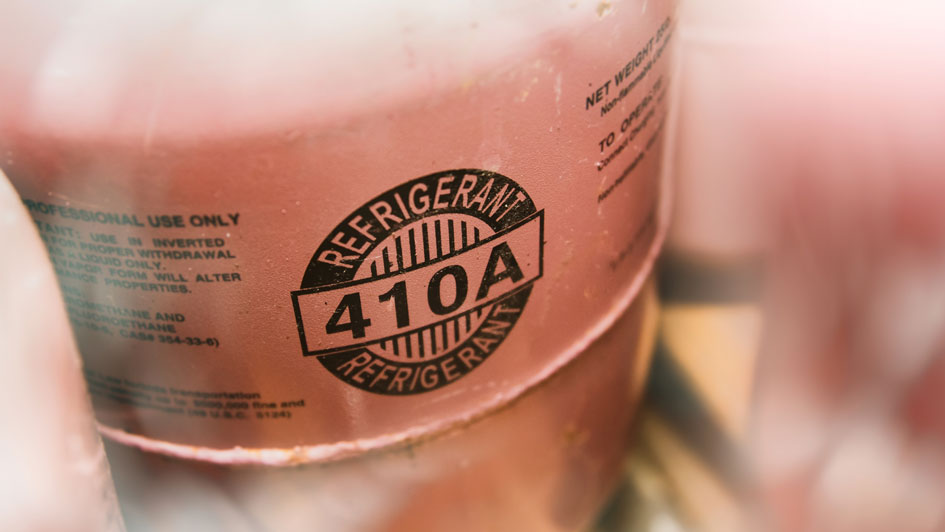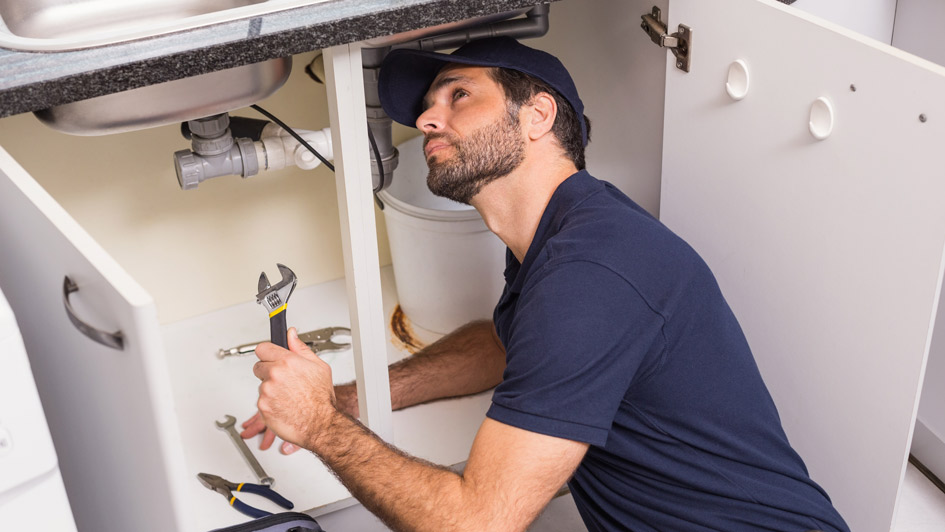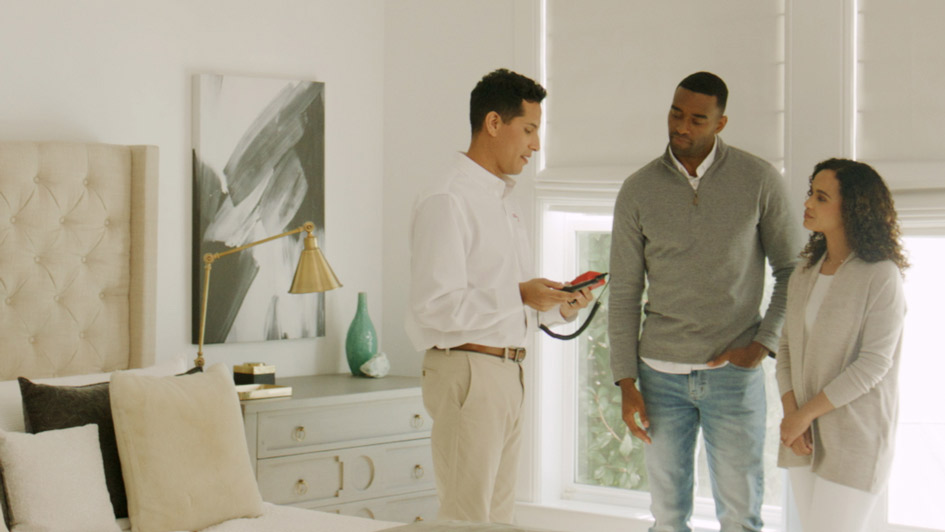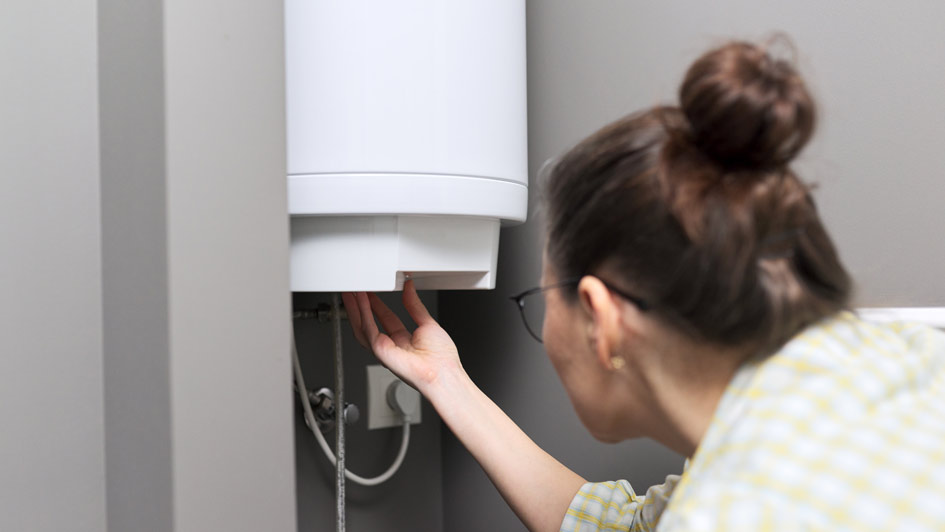Blog
Serving Reinholds and These Areas
About County Line Mechanical LLC
At County Line Mechanical LLC, making your home cozy is our highest interest. That’s why we provide reliable HVAC solutions and outstanding work in Reinholds. Our technicians are knowledgeable in a wide variety of services, so you can feel confident in your results. They’ll provide the assistance you are looking for, whether it’s installing an up-to-date HVAC system or working on and tuning up your current equipment. We’re here to help with all of your needs, so call us at 717-216-0846 or contact us online to schedule an appointment now.
© 2025 County Line Mechanical LLC | All rights reserved










